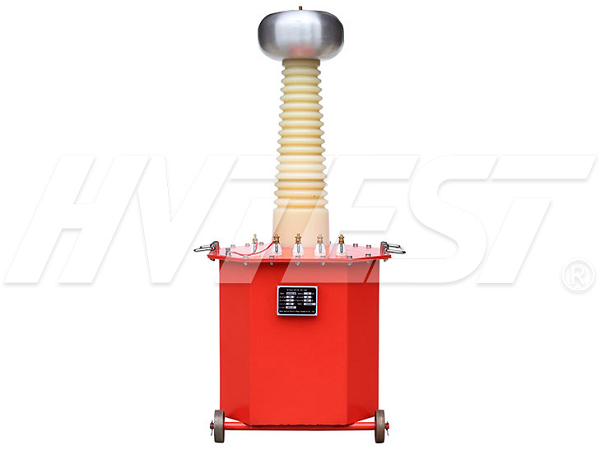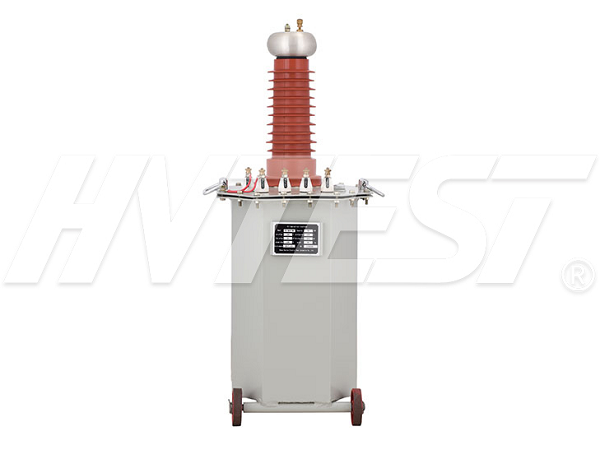Detection Technology
Choose transformer: dry type and oil immersed type
Transformers are common and useful devices that receive high-voltage electricity directly from power stations and convert it to a lower voltage. This enables safe and effective use of machines and equipment capable of handling low voltage in spaces such as offices, transportation hubs, schools and factories to save energy.
Through this process, the transformer generates a large amount of heat, which must be dissipated to maintain safe operation. There are two types of transformers currently used in the industry: dry-type transformers and oil-immersed transformers. Dry type uses air as the cooling medium, and liquid cooling uses oil. Although both types have the same end result, it is worth noting that there are many differences between them, which will affect the type you choose.
Maintenance: Oil-immersed transformers require more maintenance procedures and must be performed more frequently than dry types. Oil needs to be sampled to test for contamination, and dry-type transformers are highly resistant to chemical contaminants.
Cost (initial and operating): Compared with oil immersion, dry type has significantly higher operating losses. Oil-filled transformers have higher standard energy efficiency and therefore have a higher service life than dry-type transformers.

Noise: The operating sound level of oil-immersed transformers is lower, so noise pollution is lower than that of dry-type transformers.
Recyclability: The life cycle of dry recycling is limited, while core/coil recycling of petroleum installations is easier. Oil cooling has superior service life and maintainability, generates less waste, and requires less replacement and labor.
Efficiency: Dry-type transformers are larger units with limited voltage and size, and they are more likely to overheat if they experience overload. As a result, they have higher electrical losses, and it is more expensive to maintain dry power over time. Oil-cooled devices are smaller and more efficient. They have less demand and a smaller environmental footprint.

Voltage capability: Dry-type transformers are designed to handle small and medium MVA and rated voltages, making them ideal for small applications. Oil-immersed transformers can withstand heavier loads, so applications requiring higher voltage will require oil units.
Location: The location of the transformer will be the biggest determinant of which type you need. Dry designs are used in buildings and nearby buildings simply because they are safer for the environment. Dry-type transformers have low flammability and low fire risk. They are ideal for shopping malls, hospitals, residential areas and other commercial areas. Oil-immersed transformers are used for outdoor installations because there may be oil leakage and spillage, which poses a risk of fire, but these devices are more environmentally friendly.
Considering these variables, petroleum installations seem to be a better choice, with higher energy efficiency, recyclability, low noise pollution, lower operating costs and a small environmental footprint. However, petroleum installations cannot be used under any circumstances at all. Dry types are the best and many times necessary options for commercial and indoor operations because they are safer units that operate around people and areas that may be at risk of fire.
Dynamic characteristics of high voltage switch | 2020/8/6 | reading892time Why is insulation resistance test necessary | 2020/8/5 | reading918time return

